Martha Jungwirth
02 Sep - 20 Nov 2022
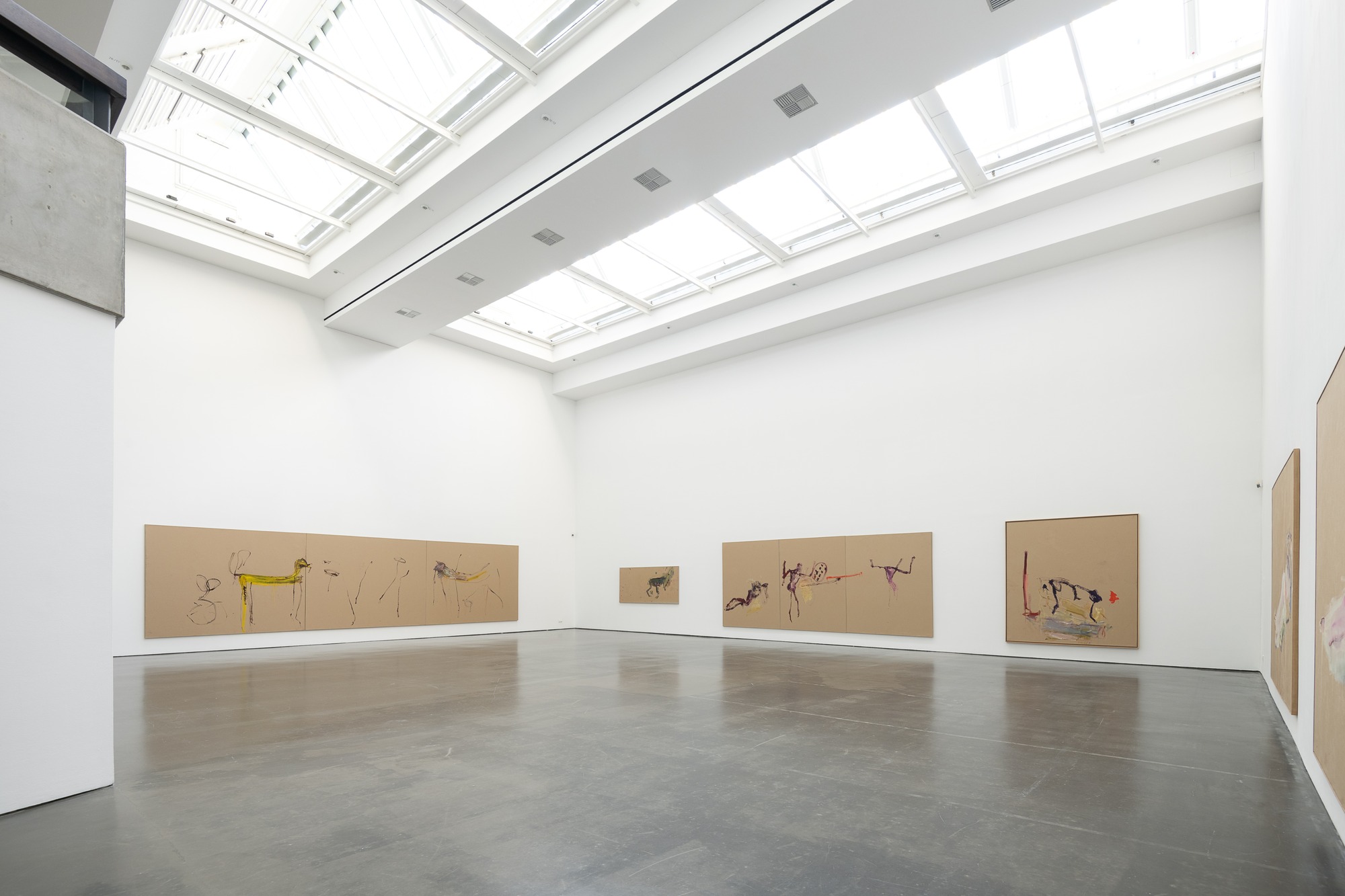
Installationsansicht
„Martha Jungwirth“, Kunsthalle Düsseldorf, 2022
© VG Bild-Kunst, Bonn 2022
Fotos: Katja Illner
„Martha Jungwirth“, Kunsthalle Düsseldorf, 2022
© VG Bild-Kunst, Bonn 2022
Fotos: Katja Illner
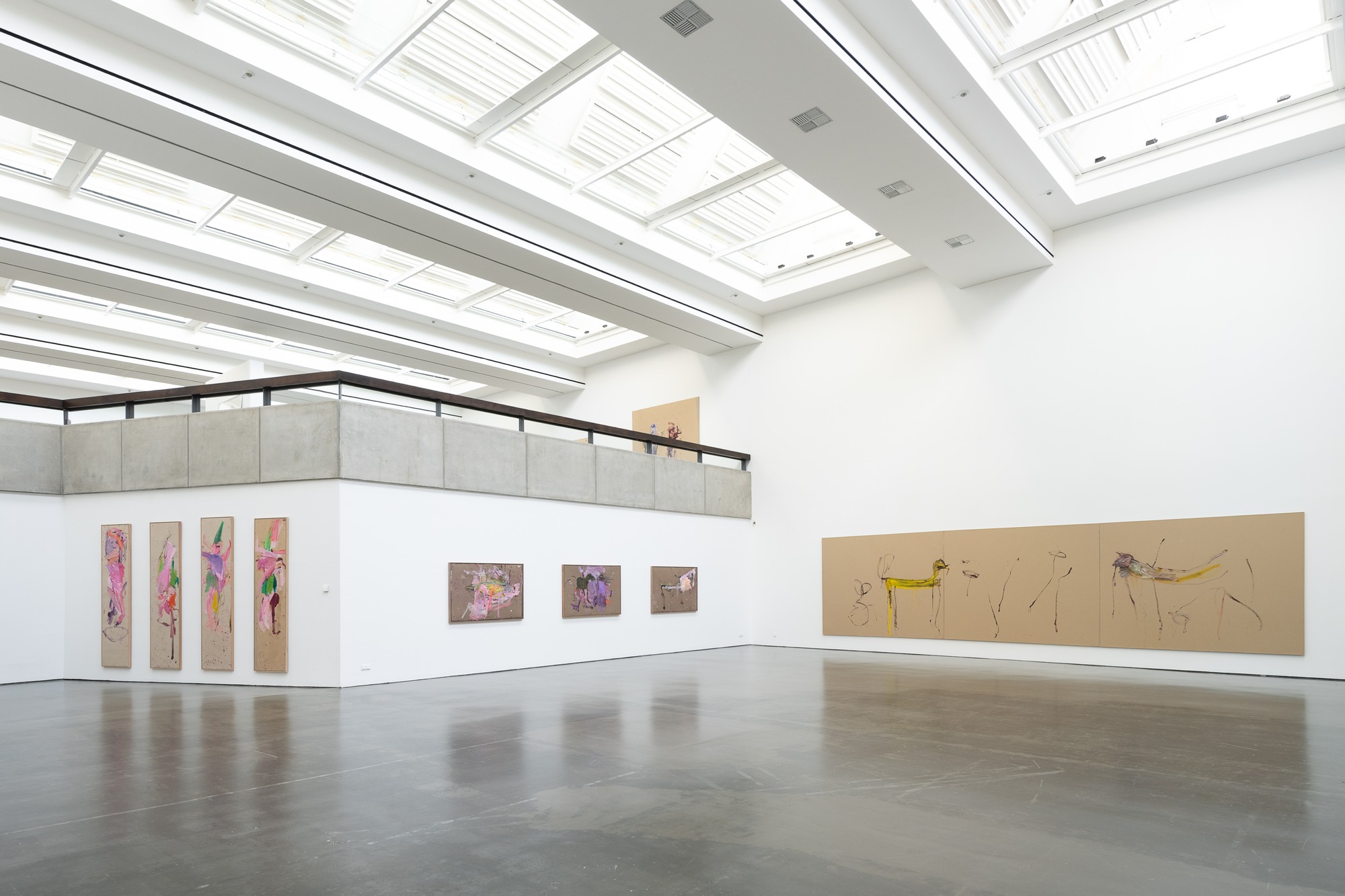
Installationsansicht
„Martha Jungwirth“, Kunsthalle Düsseldorf, 2022
© VG Bild-Kunst, Bonn 2022
Fotos: Katja Illner
„Martha Jungwirth“, Kunsthalle Düsseldorf, 2022
© VG Bild-Kunst, Bonn 2022
Fotos: Katja Illner
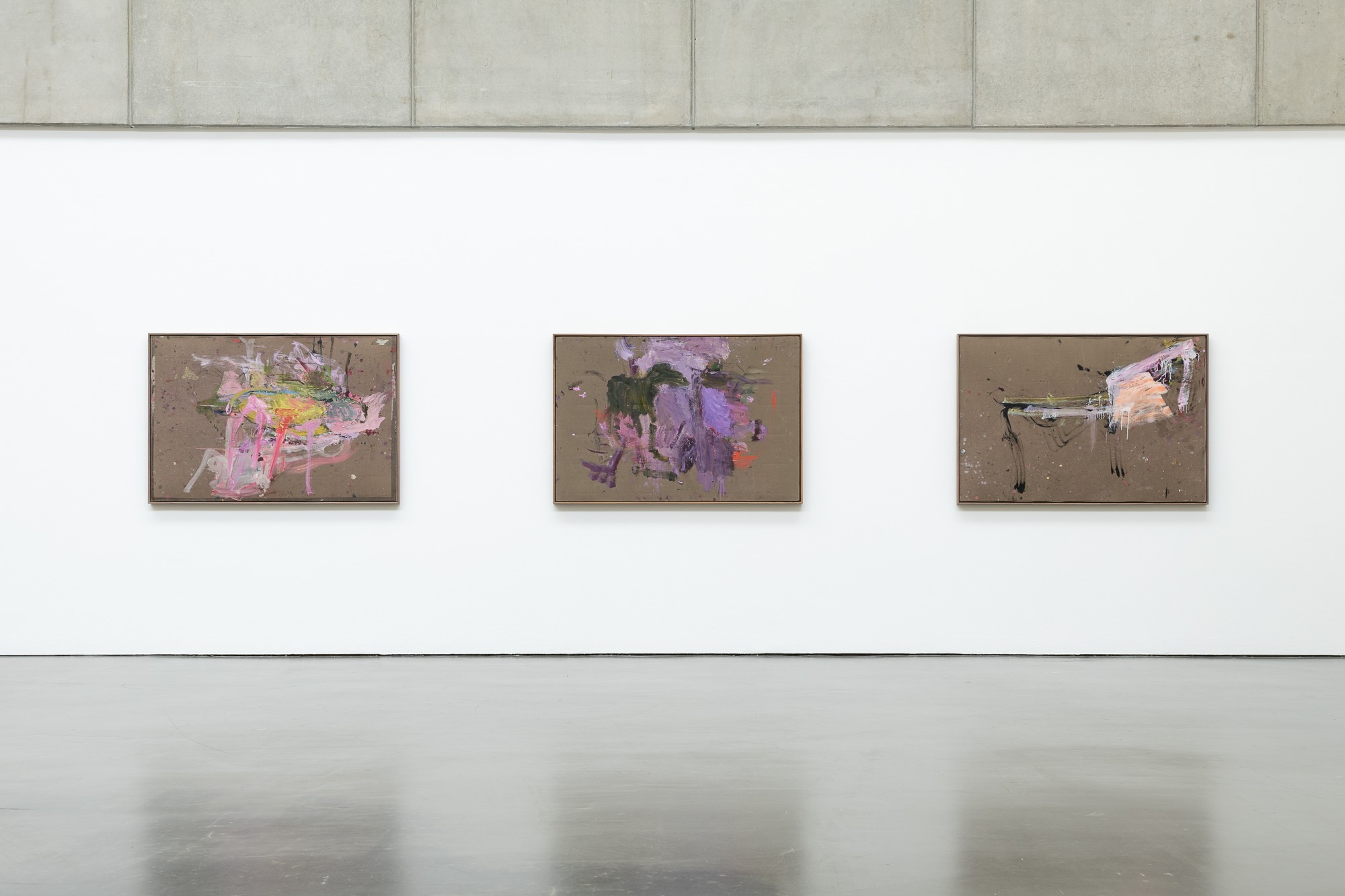
Installationsansicht
„Martha Jungwirth“, Kunsthalle Düsseldorf, 2022
© VG Bild-Kunst, Bonn 2022
Fotos: Katja Illner
„Martha Jungwirth“, Kunsthalle Düsseldorf, 2022
© VG Bild-Kunst, Bonn 2022
Fotos: Katja Illner
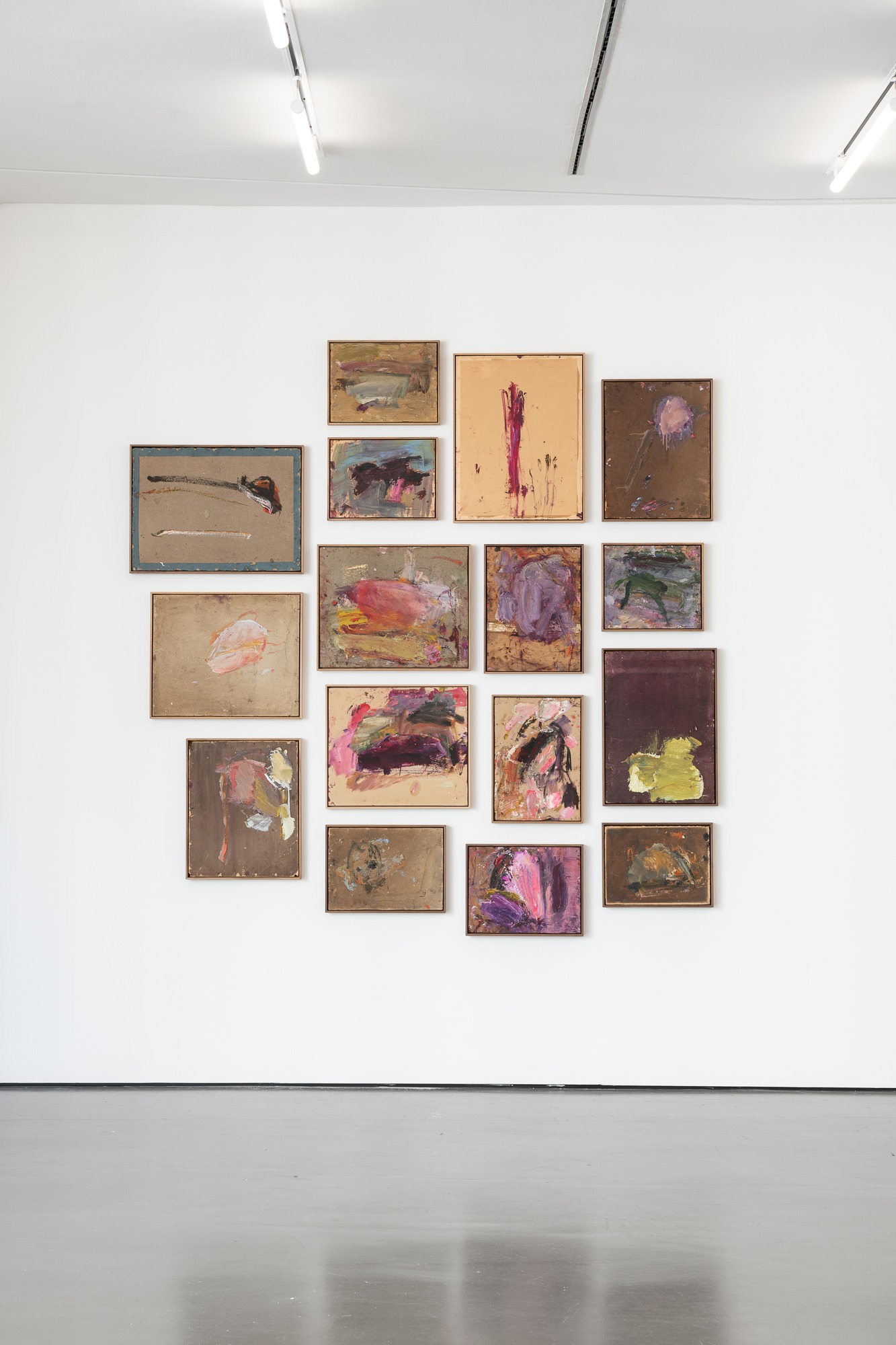
Installationsansicht
„Martha Jungwirth“, Kunsthalle Düsseldorf, 2022
© VG Bild-Kunst, Bonn 2022
Fotos: Katja Illner
„Martha Jungwirth“, Kunsthalle Düsseldorf, 2022
© VG Bild-Kunst, Bonn 2022
Fotos: Katja Illner
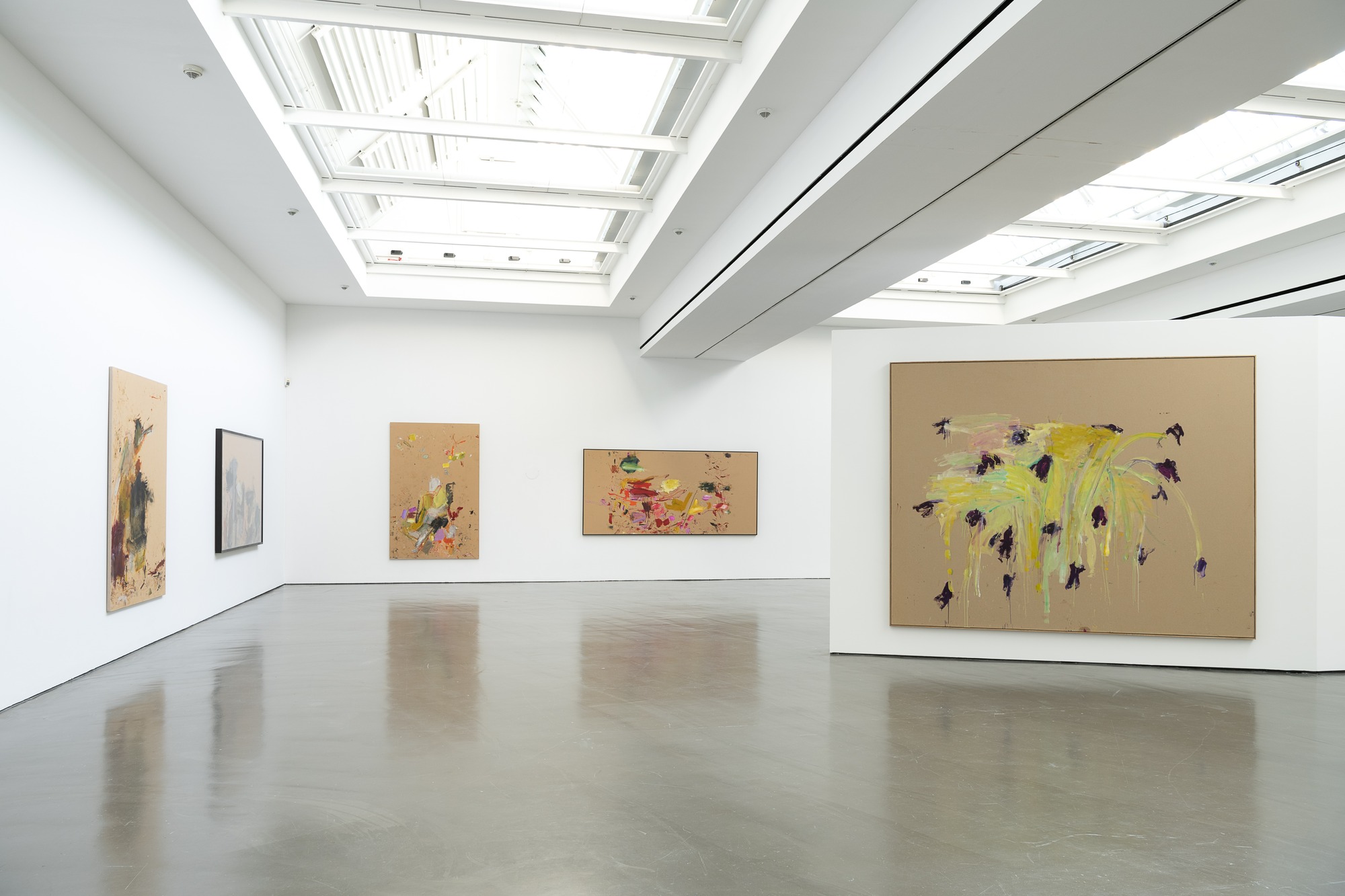
Installationsansicht
„Martha Jungwirth“, Kunsthalle Düsseldorf, 2022
© VG Bild-Kunst, Bonn 2022
Fotos: Katja Illner
„Martha Jungwirth“, Kunsthalle Düsseldorf, 2022
© VG Bild-Kunst, Bonn 2022
Fotos: Katja Illner
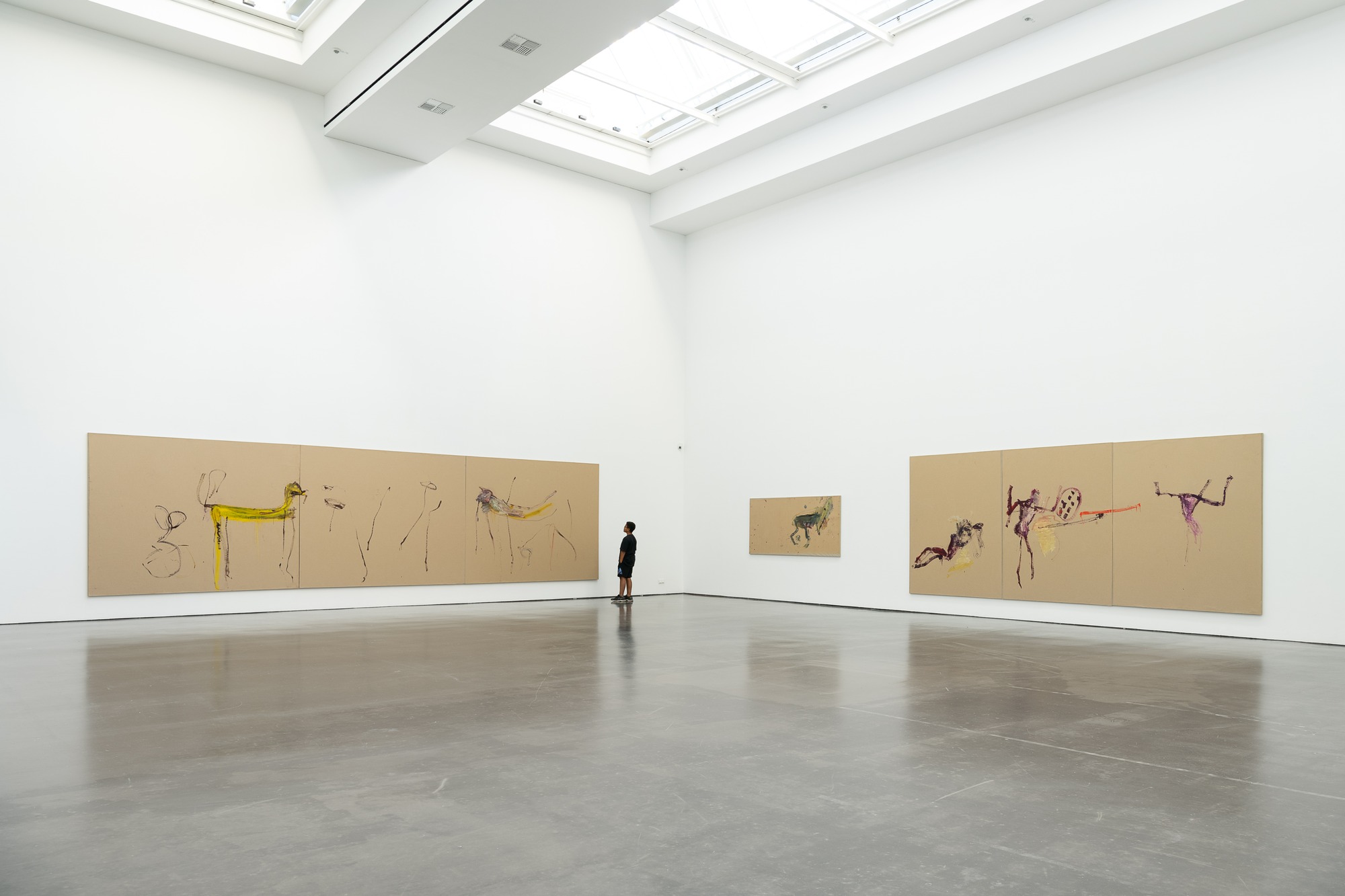
Installationsansicht
„Martha Jungwirth“, Kunsthalle Düsseldorf, 2022
© VG Bild-Kunst, Bonn 2022
Fotos: Katja Illner
„Martha Jungwirth“, Kunsthalle Düsseldorf, 2022
© VG Bild-Kunst, Bonn 2022
Fotos: Katja Illner
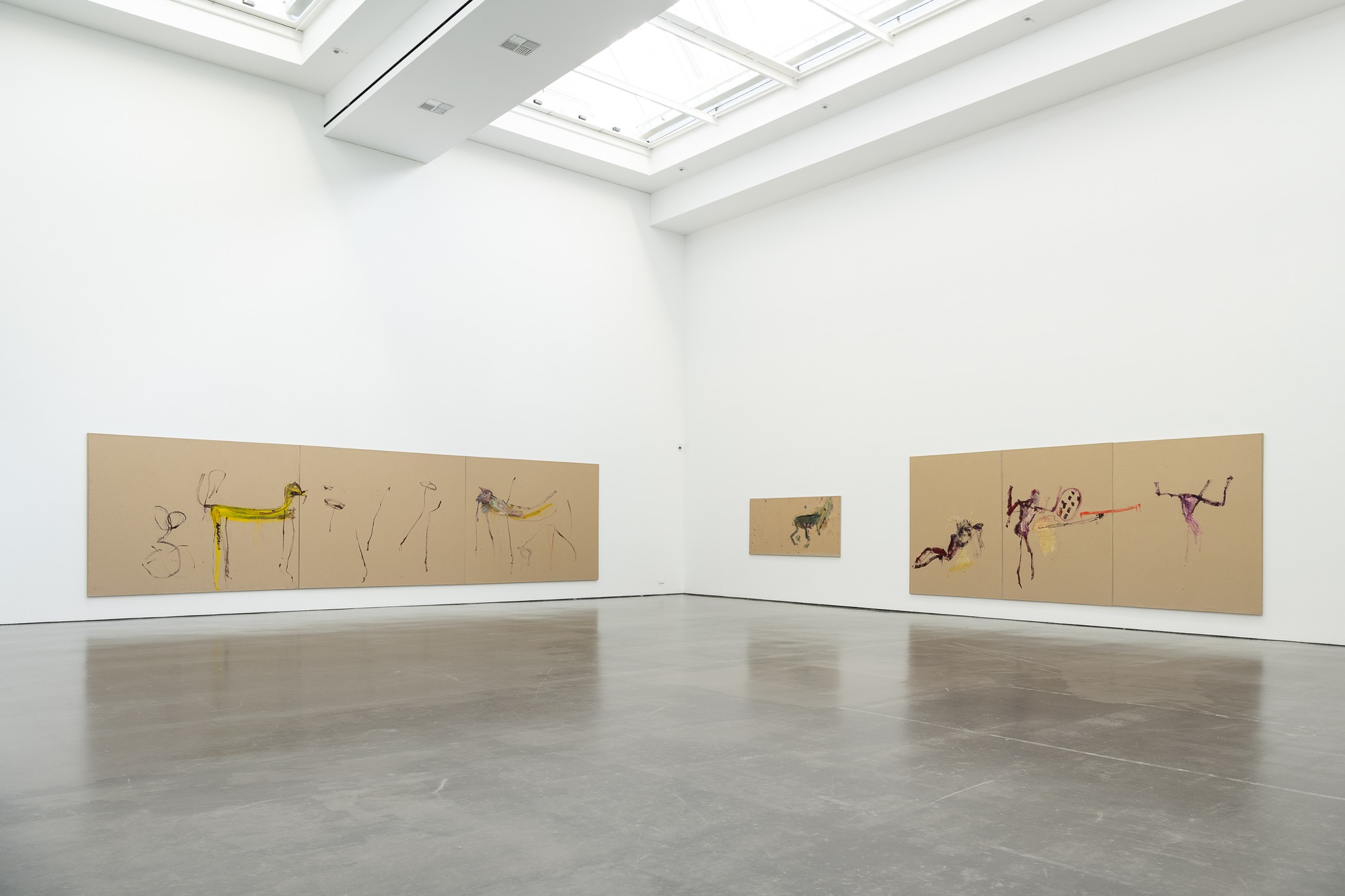
Installationsansicht
„Martha Jungwirth“, Kunsthalle Düsseldorf, 2022
© VG Bild-Kunst, Bonn 2022
Fotos: Katja Illner
„Martha Jungwirth“, Kunsthalle Düsseldorf, 2022
© VG Bild-Kunst, Bonn 2022
Fotos: Katja Illner
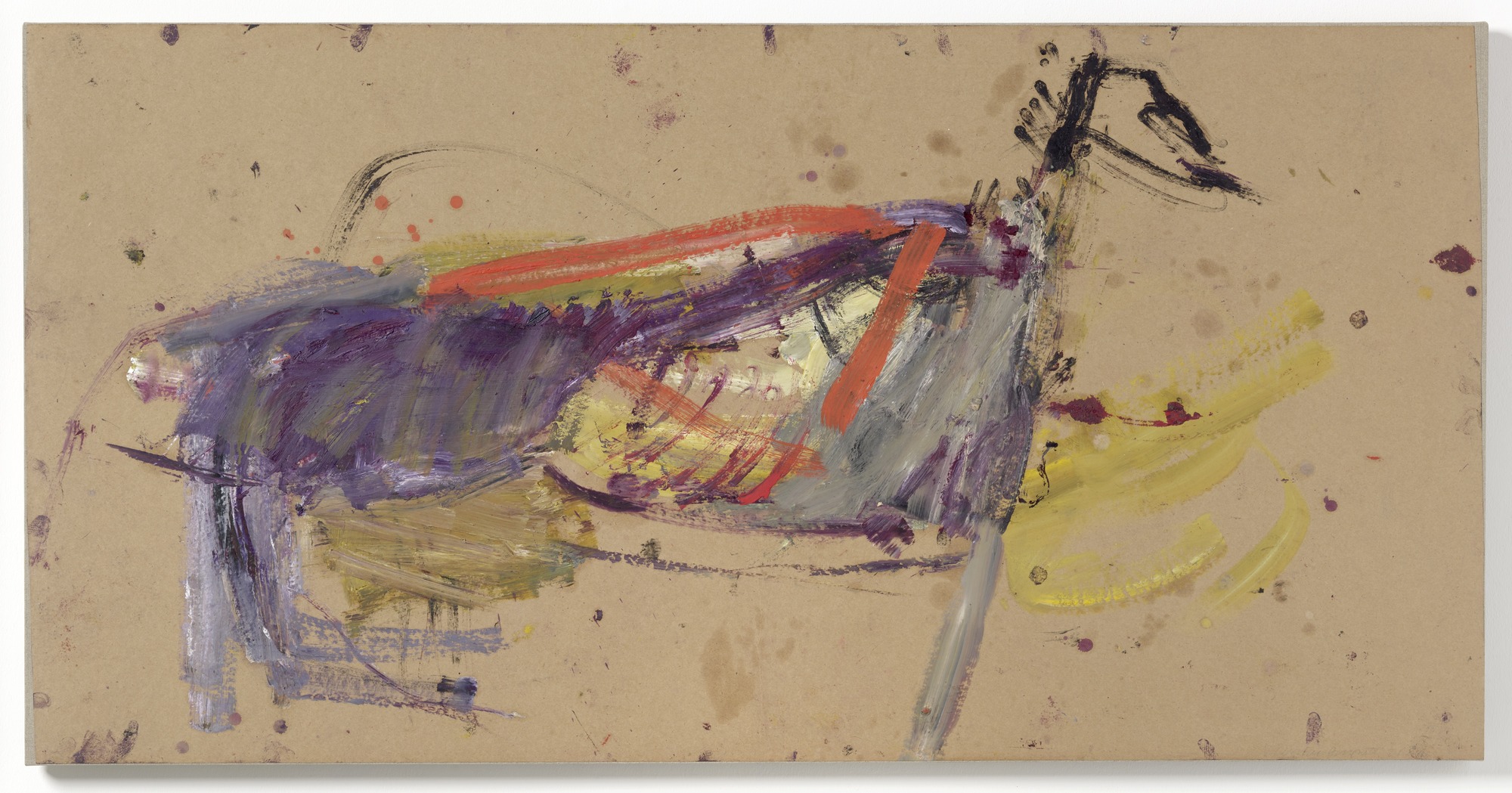
Das Dackelpferd im Circus Busch, 2021
Öl auf Papier auf Leinwand, 90,3 x 179 cm
Sammlung Thaddaeus Ropac Salzburg, © VG Bild-Kunst, Bonn 2022, Foto: Ulrich Ghezzi
Öl auf Papier auf Leinwand, 90,3 x 179 cm
Sammlung Thaddaeus Ropac Salzburg, © VG Bild-Kunst, Bonn 2022, Foto: Ulrich Ghezzi
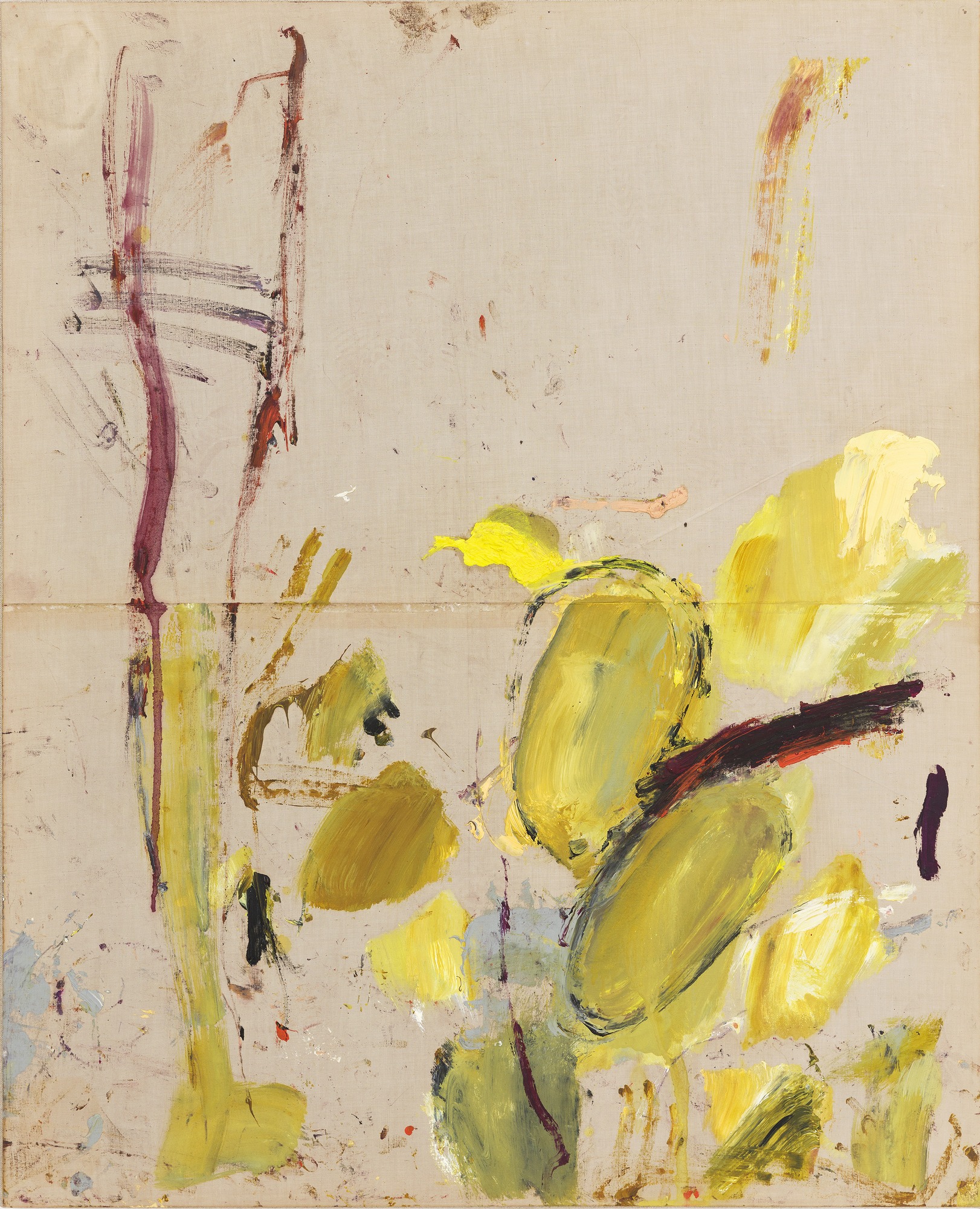
Phereklos, aus der Serie "Memorial", 2021
Öl auf Papier (historischer Stadtplan von Wien) auf Leinen, auf Leinwand, 82,2 x 66,7 cm
Sammlung Thaddaeus Ropac Salzburg, © VG Bild-Kunst, Bonn 2022, Foto: Lisa Rastl
Öl auf Papier (historischer Stadtplan von Wien) auf Leinen, auf Leinwand, 82,2 x 66,7 cm
Sammlung Thaddaeus Ropac Salzburg, © VG Bild-Kunst, Bonn 2022, Foto: Lisa Rastl
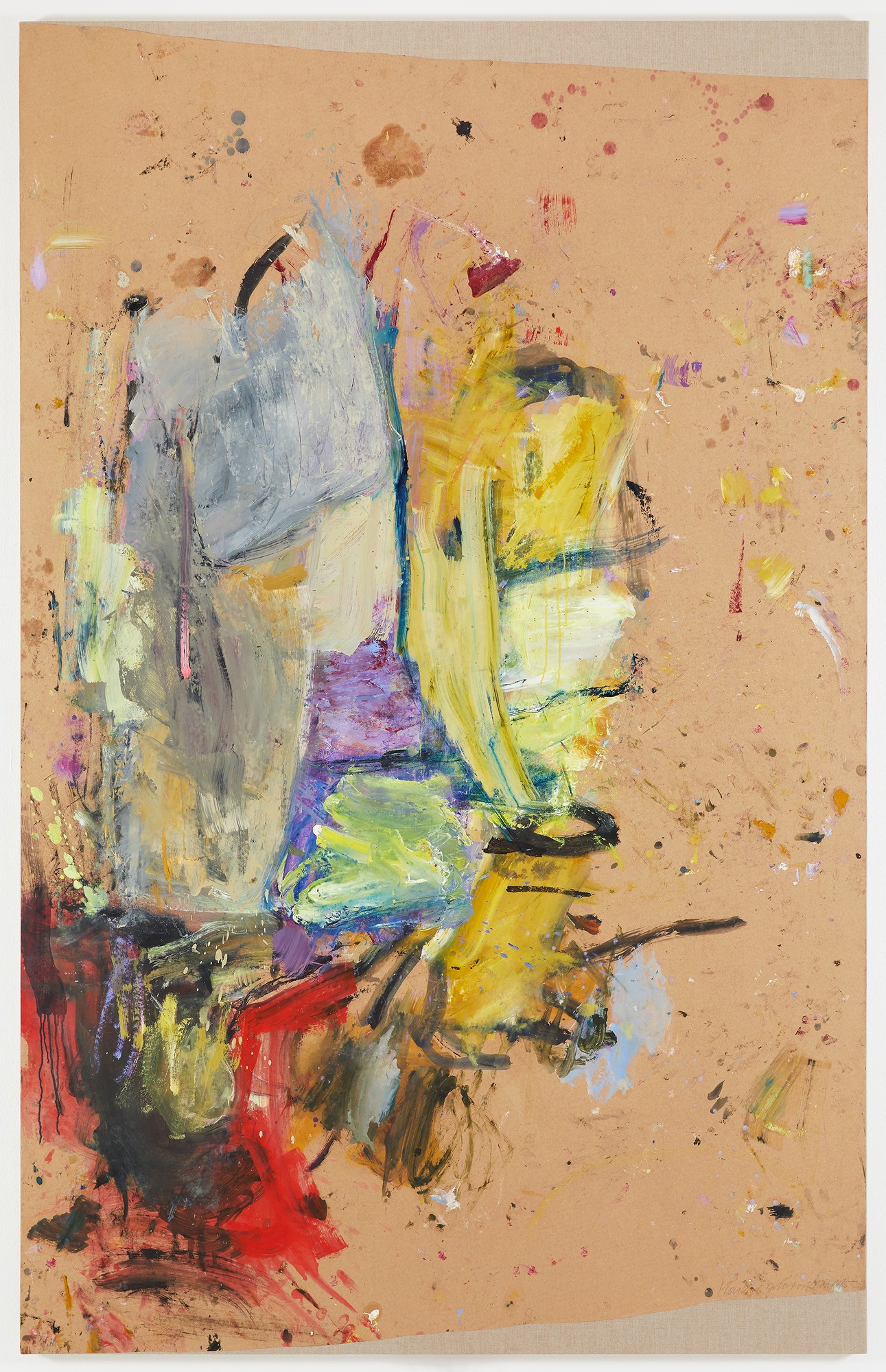
Ohne Titel, aus der Serie "Spittelauer Lände", 1993
Aquarell auf Papier, 177 x 204 cm
Privatsammlung Wien, © VG Bild-Kunst, Bonn 2022, Foto: Lisa Rastl
Aquarell auf Papier, 177 x 204 cm
Privatsammlung Wien, © VG Bild-Kunst, Bonn 2022, Foto: Lisa Rastl
Landscapes, portraits, Goya’s Maja, animals, witches and Lady Gaga, a house, or just a group of written characters, some of which are from antiquity or the time of the pharaohs—Martha Jungwirth’s painting is enormously diverse. Often it appears in an empty field, in an endless space. The artist uses special grounds for her paintings such as cardboard, brown or lined paper, the backs of paintings, old maps, and account books: surfaces that suggest a story, as do the historical subjects from Greek mythology and art history that she includes in her work. And yet, to her it is all ultimately a spot: “a spot is a spot is a spot an intelligent one or a stupid one, nothing else,” as she once said.
Martha Jungwirth (* 1940 in Vienna) occupies a singular position in Austrian painting with her poetic, abstract watercolours and oil paintings and her gestural style of painting. From 1956 to 1963 she studied at the University of Applied Arts Vienna, and she initially exhibited along with five male colleagues in the artist group Wirklichkeiten. In 1977 she was invited to participate in documenta 6.
After these early successes, for decades she was largely overlooked or ignored by the art world. Meanwhile, she continued to work in her studio in Vienna, far from public attention. Since the group exhibition Schönes Klosterneuburg curated by Albert Oehlen at the Essl Museum in 2010, which featured an entire room dedicated to the artist, international interest in her works has grown.
Today Martha Jungwirth is indisputably the leading representative of the generation between the Viennese Actionists and Franz West, whose studio she took over. Over the past six decades, the artist has developed her very own style, which combines power and concentration with exuberance and emotion and represents a unique approach between abstraction and figuration. This is based on the body and a precise perception of the world around her.
Jungwirth’s works occupy an intuitive space and are thus independent of existing concepts, conventions, and measures. The compositions reveal themselves to her during the painting process, which she describes as an “adventure” in which she creates works in interaction with her materials using an approach between chance and intention.
Martha Jungwirth’s work is an enormous enrichment to and expansion of a field of research on painting, especially for the city of Düsseldorf with its art academy and numerous art-historical links to the past and present of painting. This can and must be honoured and questioned here with this extraordinary exhibition. Exhibitions in recent years, especially at the Kunsthalle Düsseldorf in the city center, have portrayed painting as a laboratory of deep visual experiences and reflective discourses. The spaces at the Kunsthalle Düsseldorf offer unique possibilities for presenting the painter’s large-scale works, some of which are up to nine meters long, on this scale for the first time.
After all, despite her importance for Austrian art history, the artist, who was awarded the Grand Austrian State Prize in November 2021, has not yet become well known to a broader audience in Germany.
The exhibition was curated by Gregor Jansen and Alicia Holthausen in close cooperation with the artist.
A catalogue to accompany the exhibition will presumblay be published in November 2022.
Martha Jungwirth (* 1940 in Vienna) occupies a singular position in Austrian painting with her poetic, abstract watercolours and oil paintings and her gestural style of painting. From 1956 to 1963 she studied at the University of Applied Arts Vienna, and she initially exhibited along with five male colleagues in the artist group Wirklichkeiten. In 1977 she was invited to participate in documenta 6.
After these early successes, for decades she was largely overlooked or ignored by the art world. Meanwhile, she continued to work in her studio in Vienna, far from public attention. Since the group exhibition Schönes Klosterneuburg curated by Albert Oehlen at the Essl Museum in 2010, which featured an entire room dedicated to the artist, international interest in her works has grown.
Today Martha Jungwirth is indisputably the leading representative of the generation between the Viennese Actionists and Franz West, whose studio she took over. Over the past six decades, the artist has developed her very own style, which combines power and concentration with exuberance and emotion and represents a unique approach between abstraction and figuration. This is based on the body and a precise perception of the world around her.
Jungwirth’s works occupy an intuitive space and are thus independent of existing concepts, conventions, and measures. The compositions reveal themselves to her during the painting process, which she describes as an “adventure” in which she creates works in interaction with her materials using an approach between chance and intention.
Martha Jungwirth’s work is an enormous enrichment to and expansion of a field of research on painting, especially for the city of Düsseldorf with its art academy and numerous art-historical links to the past and present of painting. This can and must be honoured and questioned here with this extraordinary exhibition. Exhibitions in recent years, especially at the Kunsthalle Düsseldorf in the city center, have portrayed painting as a laboratory of deep visual experiences and reflective discourses. The spaces at the Kunsthalle Düsseldorf offer unique possibilities for presenting the painter’s large-scale works, some of which are up to nine meters long, on this scale for the first time.
After all, despite her importance for Austrian art history, the artist, who was awarded the Grand Austrian State Prize in November 2021, has not yet become well known to a broader audience in Germany.
The exhibition was curated by Gregor Jansen and Alicia Holthausen in close cooperation with the artist.
A catalogue to accompany the exhibition will presumblay be published in November 2022.
